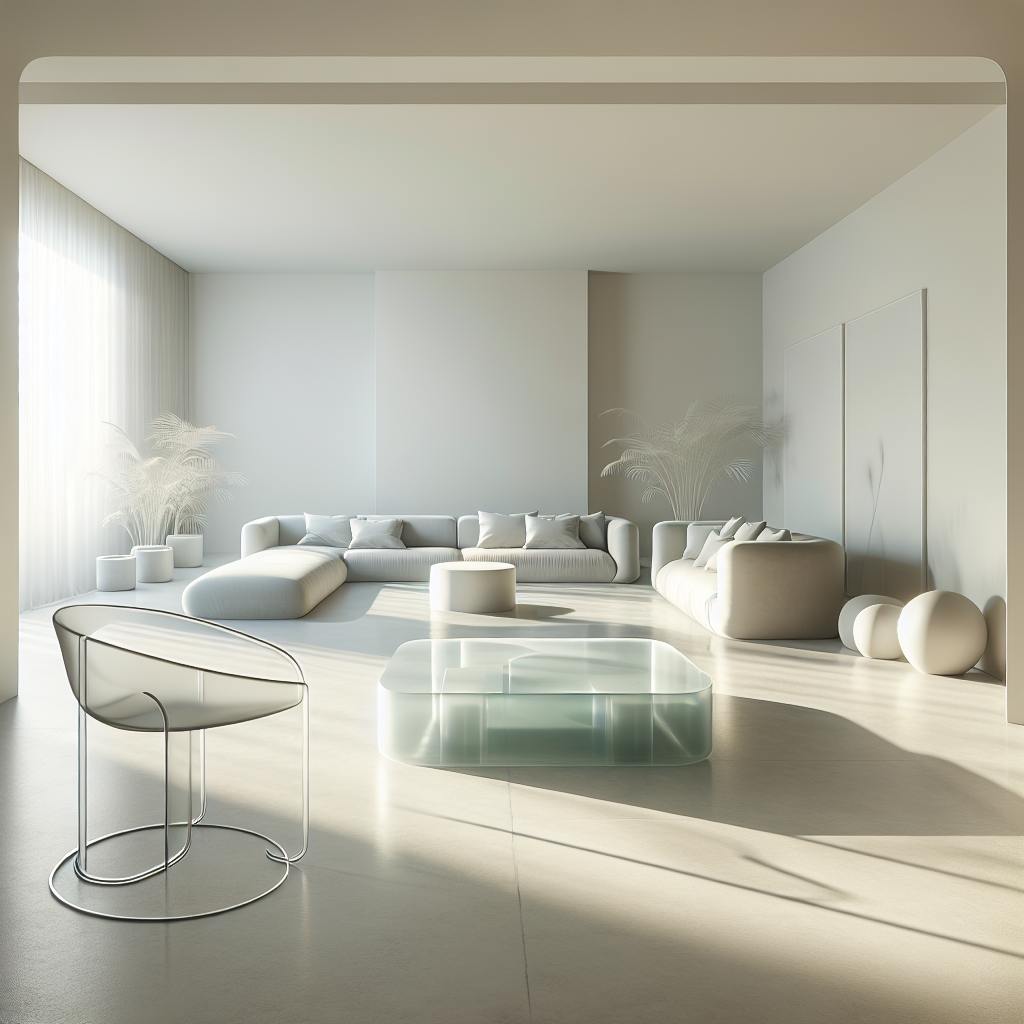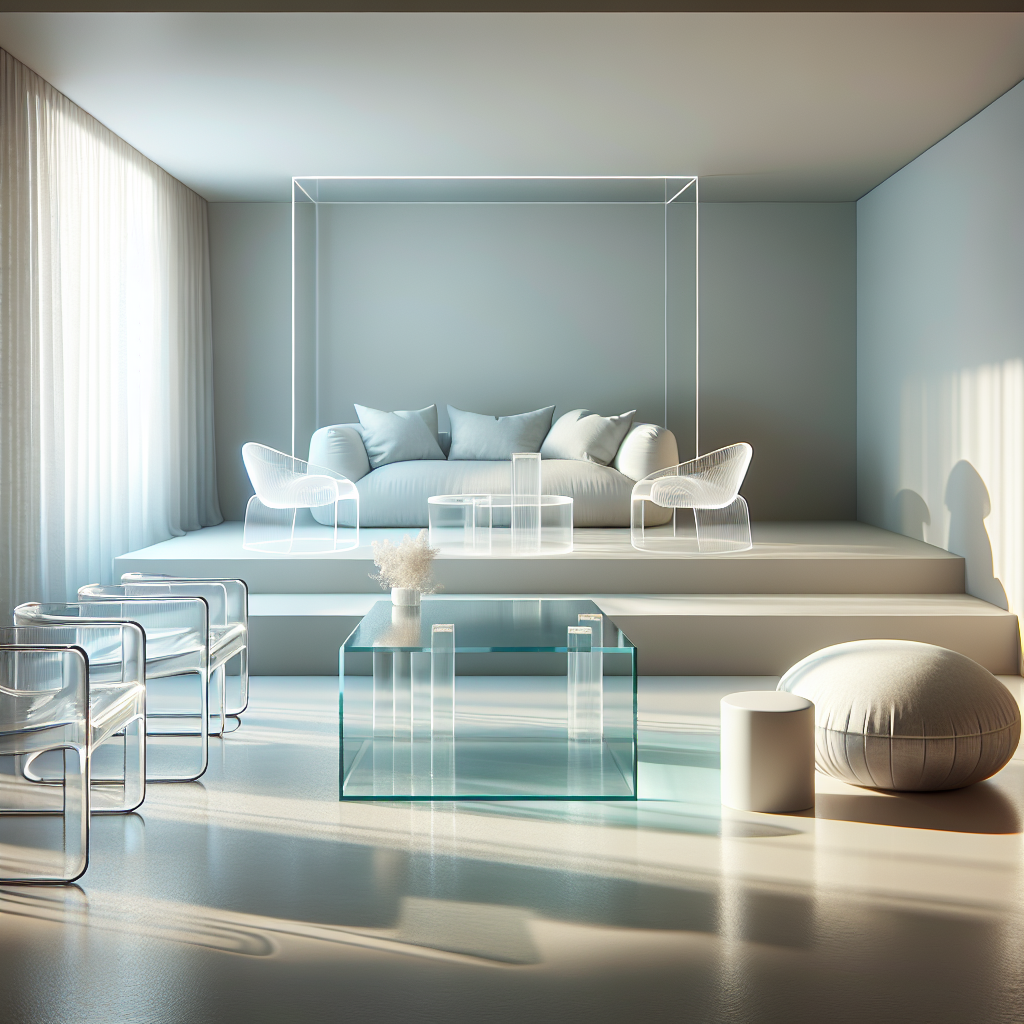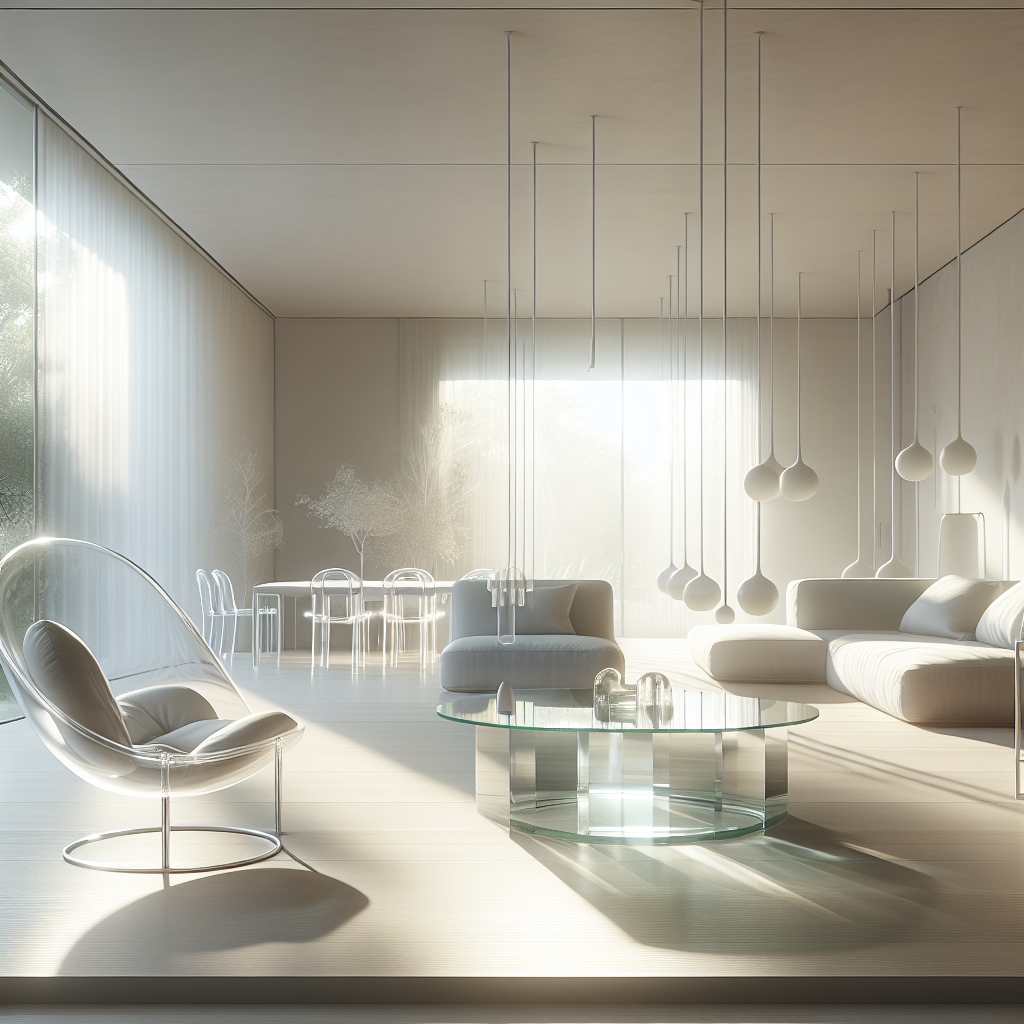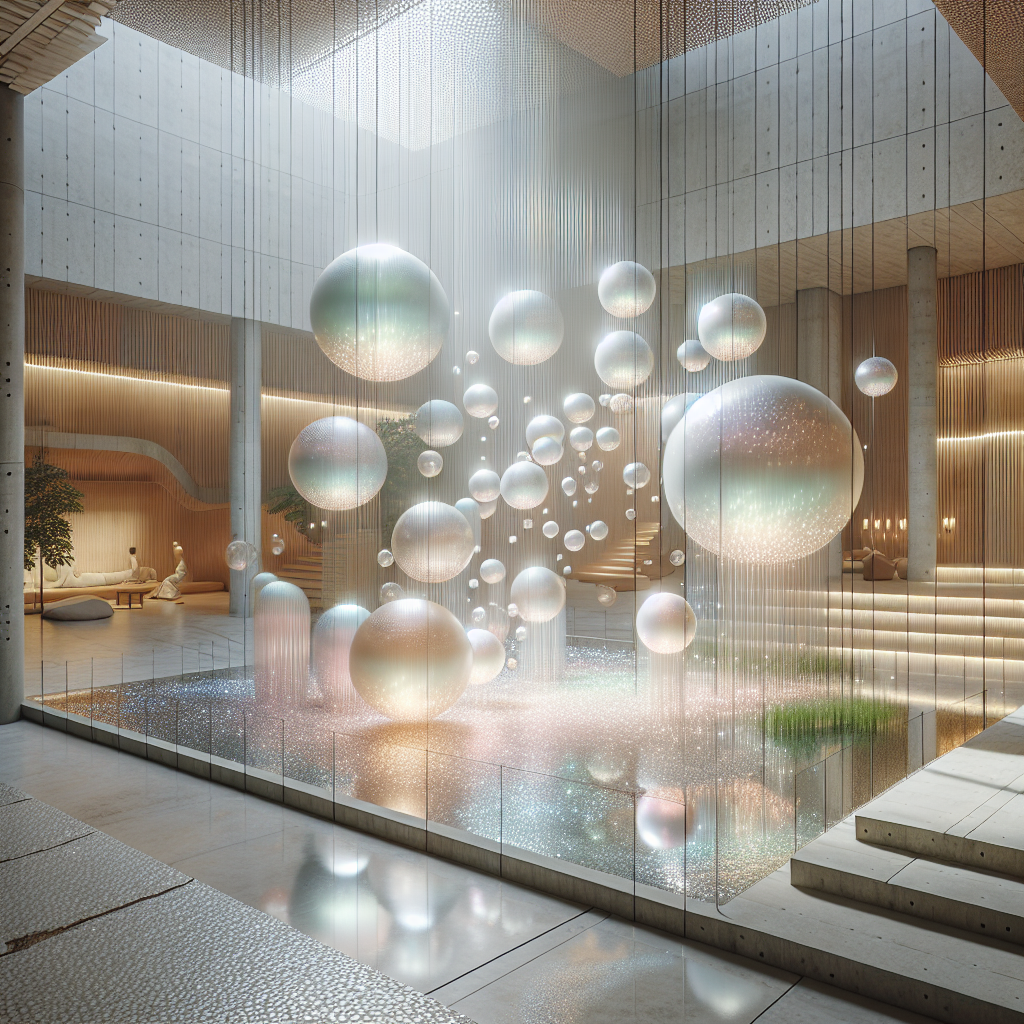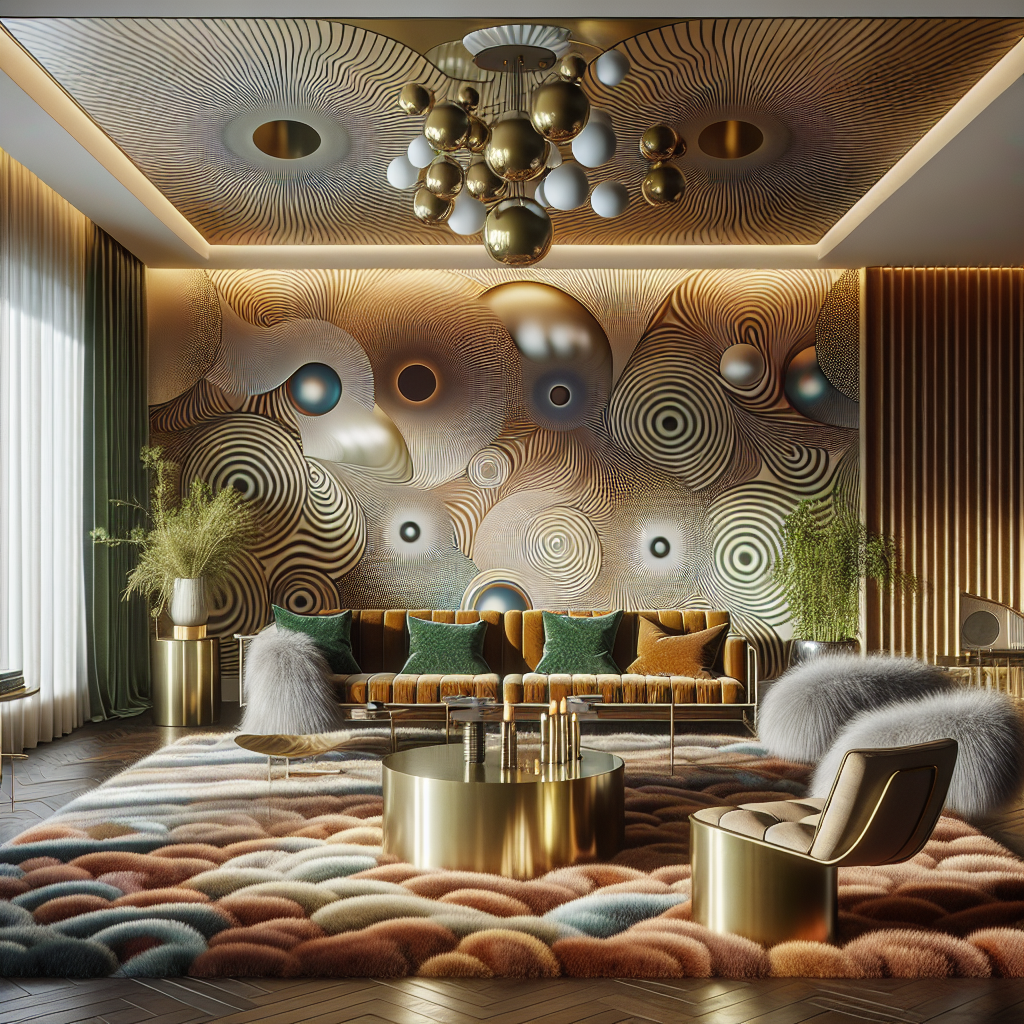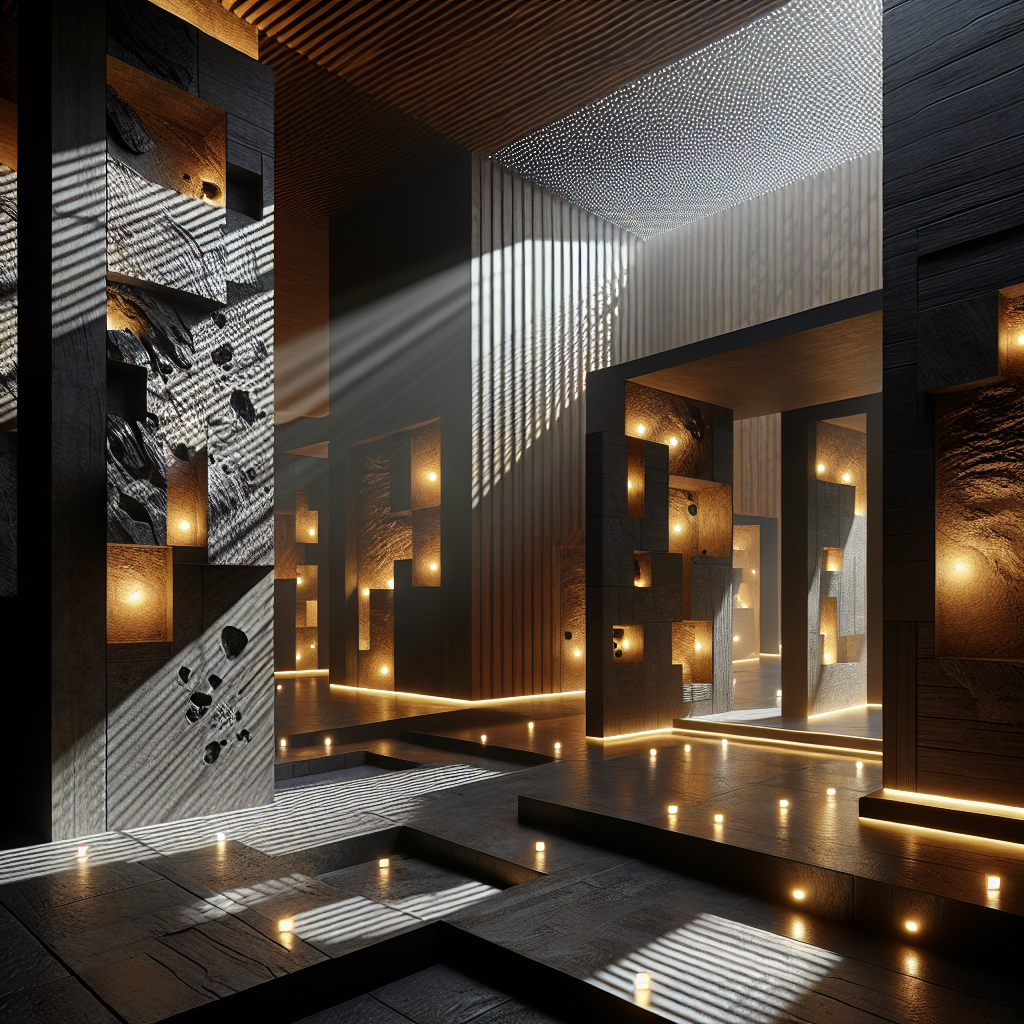Creative negative space: furniture that highlights emptiness

Creative Negative Space: Furniture That Highlights Emptiness
In the realm of contemporary furniture design, where maximalism and ornamentation often dominate, a quiet yet powerful trend has emerged, redefining the way we perceive and interact with our living spaces. This innovative approach—furniture that accentuates negative space—challenges traditional notions of form and function, inviting us to appreciate the beauty and significance of emptiness. By thoughtfully embracing voids, designers are crafting pieces that not only captivate visually but also profoundly influence spatial dynamics and human interaction.
The Philosophy of Negative Space in Design
Negative space, or the empty areas surrounding and within objects, has long been a fundamental principle in visual arts and architecture. Its thoughtful application creates balance, harmony, and visual clarity, guiding the viewer’s eye and enhancing the overall aesthetic experience. In furniture design, negative space transcends mere aesthetics, becoming a functional and philosophical statement. By intentionally incorporating emptiness, designers foster a sense of openness, fluidity, and tranquility, aligning closely with minimalist and wabi-sabi aesthetics.
This approach resonates deeply with contemporary urban dwellers, who increasingly seek refuge from the visual clutter and sensory overload of modern life. Furniture emphasizing negative space provides breathing room, both physically and psychologically, allowing occupants to experience their environments more consciously and intentionally.
Case Studies: Furniture Designs Celebrating Emptiness
1. The Ghost Chair by Philippe Starck
Philippe Starck’s iconic Louis Ghost Chair epitomizes the artful use of negative space. Crafted from transparent polycarbonate, this contemporary reinterpretation of a classic Louis XVI armchair seemingly dissolves into its surroundings. Its ethereal presence accentuates the emptiness around it, creating an illusion of weightlessness and fluidity. Starck’s masterful design invites contemplation on the interplay between presence and absence, solid and void, redefining traditional notions of furniture aesthetics.
2. Void Table by Paul Cocksedge
British designer Paul Cocksedge’s Void Table takes negative space to new heights, quite literally. The table features a circular glass surface suspended above a meticulously sculpted hollow steel base. This dramatic void beneath the tabletop draws the viewer’s gaze inward, highlighting the emptiness as a central design element. The resulting effect is a harmonious balance between solidity and transparency, inviting users to engage with the piece from multiple perspectives.
3. The In-Between Sofa by Nendo
Japanese design studio Nendo’s In-Between Sofa exemplifies subtlety and sophistication in utilizing negative space. The sofa’s minimalist structure comprises slender metal frames supporting plush cushions, leaving deliberate gaps and openings. These empty spaces create visual lightness and encourage interaction, allowing users to customize seating arrangements and adapt the furniture to their spatial needs. Nendo’s design philosophy emphasizes the transformative potential of emptiness, enhancing both functionality and aesthetic appeal.
Negative Space and Sustainability
Beyond aesthetics and functionality, furniture designs emphasizing negative space align closely with sustainability principles. By reducing material usage and prioritizing simplicity, designers minimize environmental impact and resource consumption. This approach resonates with the growing demand for eco-conscious design solutions, as explored in our previous article on biodegradable architecture. Embracing emptiness thus becomes an ethical and responsible choice, reflecting a commitment to environmental stewardship and mindful consumption.
Psychological Impact of Negative Space in Interiors
The strategic incorporation of negative space in furniture design profoundly influences human psychology and well-being. Open, uncluttered spaces foster a sense of calm, clarity, and mindfulness, counteracting the stress and anxiety associated with crowded, overstimulating environments. Studies in environmental psychology highlight the benefits of minimalist interiors, demonstrating improved cognitive function, emotional balance, and overall satisfaction among occupants.
Furthermore, negative space enhances spatial perception, making interiors feel larger, airier, and more inviting. This effect is particularly valuable in urban settings, where limited space necessitates creative design solutions. Furniture that emphasizes emptiness thus becomes an essential tool for architects and interior designers seeking to optimize small living spaces, as discussed in our exploration of space-saving furniture innovations.
Emerging Trends and Innovations
As designers continue to explore the potential of negative space, innovative materials and technologies are reshaping the possibilities. Advances in digital fabrication, 3D printing, and parametric design enable the creation of intricate, lightweight structures previously unattainable through traditional manufacturing methods. For instance, the rise of digital fabrication allows designers to experiment with complex geometries and voids, pushing the boundaries of furniture design and redefining our relationship with space.
Additionally, augmented reality (AR) and virtual reality (VR) technologies offer exciting opportunities to visualize and experience negative space in new ways. Designers and consumers alike can explore furniture concepts in immersive virtual environments, assessing spatial dynamics and interactions before physical production. This intersection of technology and design promises to revolutionize the industry, fostering greater creativity, customization, and sustainability.
Conclusion: Embracing the Beauty of Emptiness
Furniture that highlights negative space represents a profound shift in contemporary design philosophy, challenging traditional notions of form, function, and aesthetics. By thoughtfully embracing emptiness, designers create pieces that resonate deeply with our innate desire for simplicity, clarity, and harmony. This innovative approach not only enhances visual appeal and spatial dynamics but also aligns with sustainability principles and psychological well-being.
As we continue to navigate the complexities of modern life, furniture designs celebrating negative space offer a compelling vision for the future—one characterized by mindfulness, intentionality, and environmental responsibility. By appreciating the beauty and significance of emptiness, we unlock new possibilities for creativity, innovation, and meaningful human connection.
For further exploration of innovative design trends, we invite you to read our analysis of biophilic design and its impact on human health and well-being, illustrating how thoughtful design can profoundly influence our daily lives.
